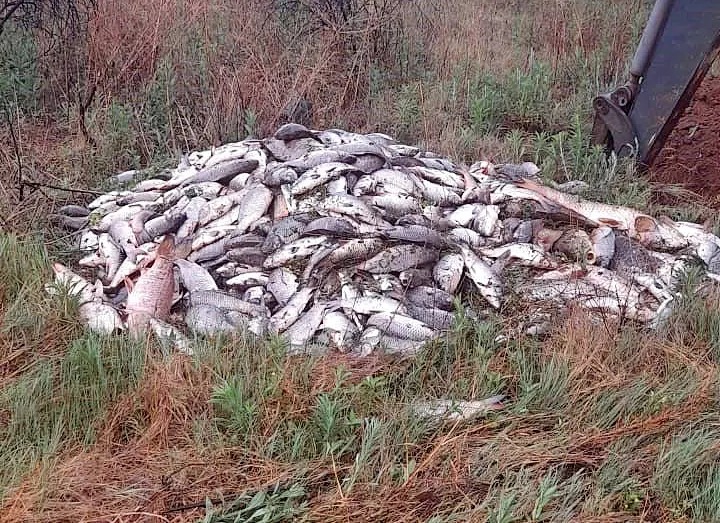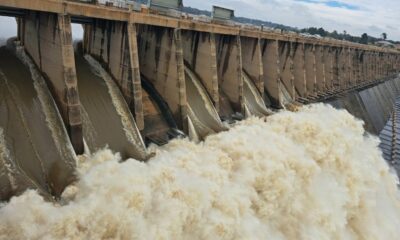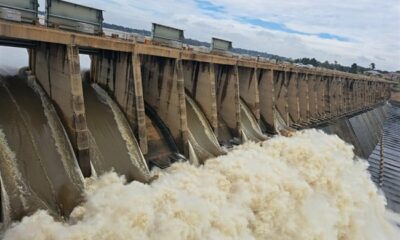News
Hartbeespoort Dam Fish Deaths Spark Fresh Water Safety Warning

Mystery in the Water
When dead fish began surfacing along the canals of Venice Village Estate at Hartbeespoort Dam last month, residents feared the worst. The sight of lifeless fish washing ashore revived long-standing concerns about pollution and water safety in one of Gauteng’s most visited water bodies.
But according to Magalies Water, which tested the dam’s water soon after the incident, there were no signs of contamination or abnormalities in the samples collected. Despite the alarm, the agency’s findings offered some reassurance: this particular event was isolated and not linked to an ongoing water-quality issue.
The affected fish, found around 18 October, were safely buried on an unoccupied piece of land nearby. Still, the question remains: what caused it?
What We Know So Far
Magalies Water confirmed that its response team, along with officials from the Department of Water and Sanitation and the Madibeng Local Municipality, conducted a full inspection of the site. However, by the time the incident was reported, three days after it occurred, much of the evidence had disappeared.
Water conditions in the dam can change quickly, especially during warmer months when algae and plant growth are at their peak. Because of this, Magalies Water has urged residents to report any future fish kills immediately, including photos or video evidence of the affected areas.
The agency said this would help experts trace causes faster, whether it’s due to oxygen depletion, temperature shifts, or pollutants entering the water.
The Bigger Picture: A Dam Under Pressure
Hartbeespoort Dam’s troubles are nothing new. The lake has long been plagued by invasive plants like water hyacinth and salvinia that blanket the surface and restrict oxygen flow beneath. These suffocating mats can cause mass fish deaths, particularly in hot weather when oxygen levels drop.
Magalies Water has previously warned that the dam’s condition is worsened by polluted inflows from surrounding catchments. Nutrient-rich wastewater encourages the spread of these invasive plants, creating a chain reaction that harms aquatic life.
While this latest fish kill appears minor compared to the mass die-offs of April 2023, when thousands of fish perished due to low oxygen levels, it still signals a fragile ecosystem under strain.
Keeping Watch and Working Together
Magalies Water assured residents that routine sampling continues around the dam and that no new abnormalities have been detected since the October incident. The Department of Water and Sanitation remains in close contact with the utility to monitor conditions and manage plant overgrowth.
For now, officials are calling for calm and vigilance. “Residents should rely only on official updates issued by Magalies Water or the Department of Water and Sanitation,” the agency said.
With summer approaching and temperatures rising, maintaining water quality at Hartbeespoort will depend on swift reporting and community cooperation. Because when it comes to preserving one of Gauteng’s most iconic dams, every small action counts.
Also read: BRICS+ Nations Push for Ethical AI as the New Frontier of Global Power
Follow Joburg ETC on Facebook, Twitter, TikT
For more News in Johannesburg, visit joburgetc.com
Source: IOL
Featured Image: Kormorant



























